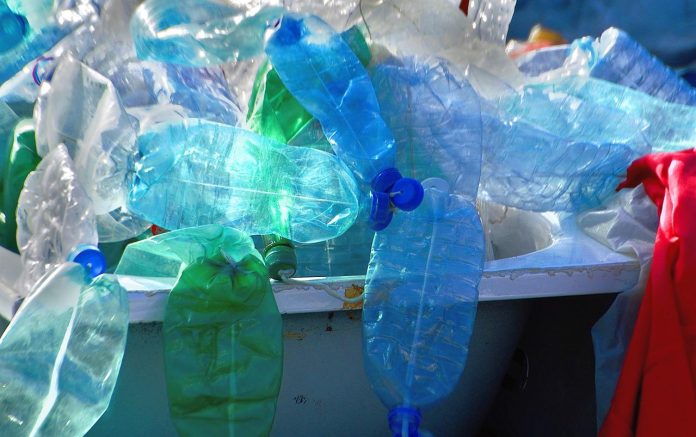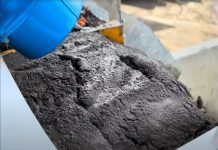
Australia is set to convert plastic waste into a valuable resource through advanced recycling methods. This step acknowledges the fact that valuable components can still be derived from what used to be considered unrecyclable plastic waste while taking the non-biodegradable nature of plastic into account. This material can stay in the environment for a long time and will inevitably pose various hazards to our health and nature as a whole.
Study shows that Australians create 660,000 tonnes of plastic waste annually, and only 12% of these are actually recycled. Meanwhile, about 130,000 tonnes find their way into marine environments, while the rest ends up in landfills where they may take decades or even centuries to decompose. Such non-recyclable, non-biodegradable plastics include food packaging and composite plastics — materials that may be either potentially contaminated after use or are too expensive to break down into recyclable components.
How Australia Is Currently Dealing With Its Plastic Waste
One can say that Australia is drowning in plastic waste, but what is being done about it? At present, the country plans to have 70% of its domestic plastic waste output recycled or composted by 2025. In the same year, non-essential single-use plastics are bound for a phase-out.
Starting on July 1, 2022, waste exporters are only allowed to ship polymer-type or single resin plastics, making it harder for plastic waste to leave Australian soil for recycling or disposal elsewhere.
There is an apparent need for Australia to step up with the current recycling schemes if we are to hit our ecological goals and eventually eliminate plastic waste. For this reason, the country is set to adopt an advanced plastic recycling method with higher efficiency than current material recovery practices.
A Better Way of Recycling Plastic
Australia is looking to apply advanced recycling — also known as chemical, feedstock, or molecular recycling — to break down non-recyclable plastics into their most basic chemical components. This method uses various biological or thermal processes to transform these building blocks back into plastics. Recyclers can also repurpose these products into valuable resources like fuel, potentially hitting two environmental concerns — excessive domestic plastic waste output and dwindling fossil fuel supplies — with one metaphorical stone.
If fully implemented, this advanced recycling scheme will drastically improve Australia’s material recovery rates from all waste sources. This increase is projected to hit 80% by 2030, with 70% of the generated plastic waste effectively decomposed or recycled, as originally planned. With the support of innovative technologies, this practice has the potential to create new products and new markets that will look at plastic waste as a valuable commodity instead of common garbage.
Image Source: www.pixabay.com



















